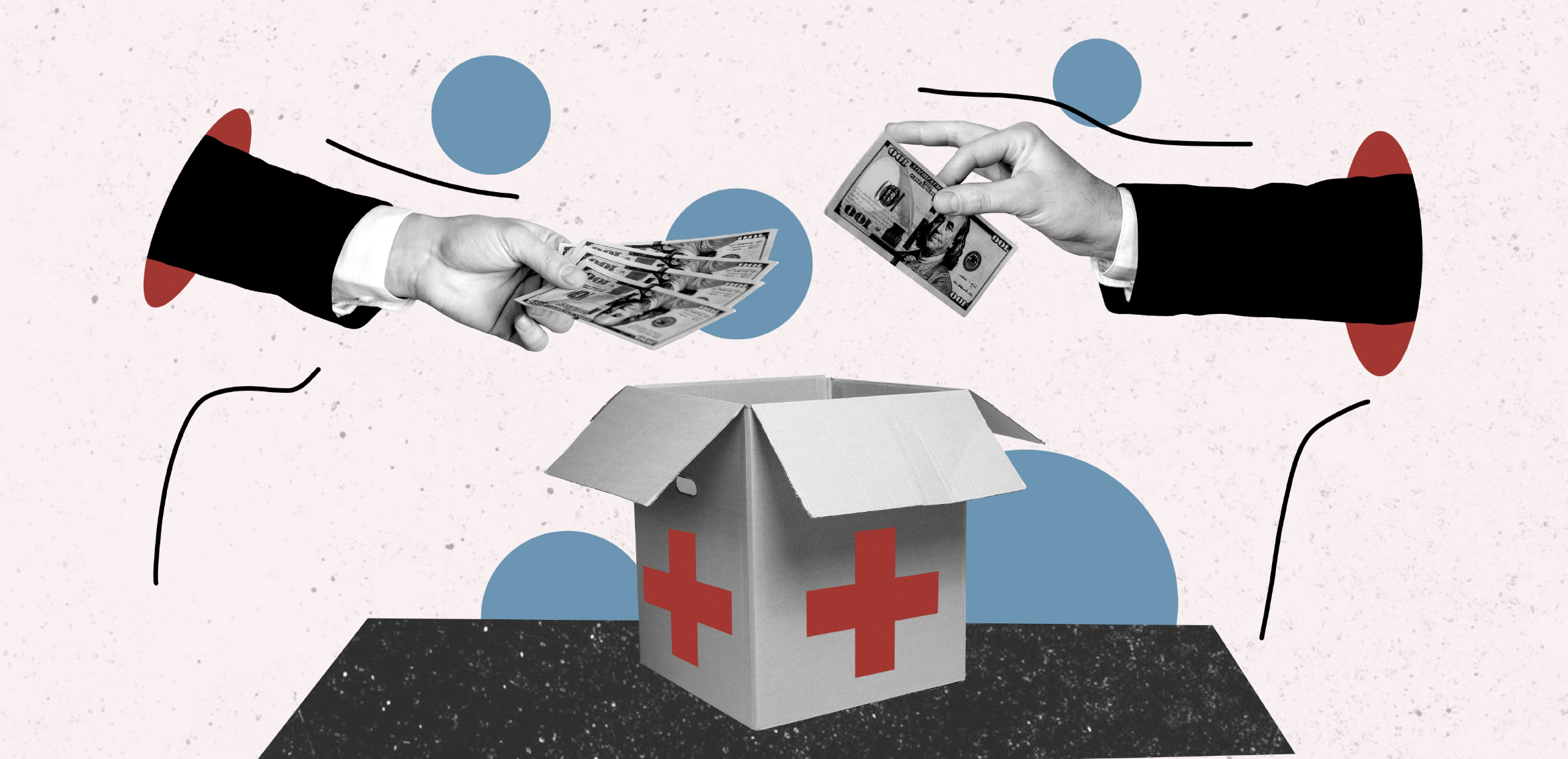How the World Can Achieve the 1.5°C Climate Target: Insights from IRENA’s 2024 Outlook
Accelerating the Energy Transition: Progress and Challenges
The global energy transition is at a crossroads. While 2023 saw record growth in renewable energy deployment within the power sector, progress across regions and sectors remains uneven. Fossil fuels still dominate energy systems in major economies, leaving a significant gap between high-level political commitments and the action needed to meet them. IRENA’s World Energy Transitions Outlook 2024 reveals that current national plans will deliver only half of the necessary growth in renewable power by 2030, underscoring the urgent need for accelerated action.
The critical goals for this decade are clear: the world must triple its installed renewable power capacity and double the rate of energy efficiency improvement by 2030. Achieving these benchmarks will require global cooperation, enhanced financial flows, and substantial investments in infrastructure and innovation.
Meeting the 2030 Milestones
Tripling renewable power capacity means adding over 1,000 gigawatts of capacity annually to reach 11.2 terawatts by 2030. This ambitious target requires expanding renewable energy deployment beyond its current strongholds and diversifying energy sources to meet decarbonization objectives. In parallel, energy efficiency improvements must accelerate to achieve a 4% annual improvement in energy intensity, which is critical for reducing demand and integrating renewable energy into global systems.
While the 14% year-on-year growth in renewable energy capacity achieved in 2023 marks a record, maintaining this rate through 2030 would still leave the world 1.5 terawatts short of its cumulative target. Bridging this gap requires an annual growth rate of 16.4%, which hinges on addressing deep-rooted structural and systemic barriers hindering progress.
This includes modernizing and expanding energy transition infrastructure, such as grids; developing regulatory frameworks and market designs tailored to the renewable energy era; and building the institutional and human resource capacities essential to driving the energy transition forward.
The Pathway to 2050: A Renewable Energy Future
IRENA’s 2050 vision is centred on electrification and renewable power generation. By mid-century, 91% of global electricity is expected to come from renewable sources, with solar photovoltaic and wind energy accounting for 70%. Electricity’s share of total energy consumption will rise to 52%, reflecting its critical role in decarbonizing the energy system.
A rapid scale-up in renewables is only part of the energy transition. Pairing electrification with energy efficiency reduces emissions and optimises renewable energy use. Innovative technologies like heat pumps and electric vehicles are key to this effort, driving both decarbonisation and energy savings. For sectors where electrification is more difficult, such as industry and shipping, clean hydrogen and its derivatives will provide essential solutions for deep decarbonization.
Grid flexibility will also be crucial. Enhancing grid infrastructure, improving system operations, and deploying energy storage solutions will help balance supply and demand effectively. These advancements, coupled with regulatory reforms, will create the conditions needed for high shares of renewable energy in global systems.
Investing in a Just and Inclusive Transition
To achieve the 1.5°C target, the world must triple annual investments in renewable energy to USD 1.5 trillion by 2030. Current investments, concentrated in a few countries like China, the United States, and Germany, must expand to regions such as sub-Saharan Africa, where abundant renewable resources remain underutilized due to financial constraints.
Mobilizing capital will require public-private collaboration. For renewable energy projects to attract private investors and institutional investors in particular, effective policy measures and financial instruments must be put in place in order to diversify and mitigate risk.
The energy transition must also be equitable. Regions and communities that rely heavily on fossil fuels, or those without reliable energy access, must not be left behind. International cooperation is essential to support capacity building, technology transfer, and financial assistance, ensuring a fair distribution of benefits and burdens. Addressing energy access deficits, particularly in sub-Saharan Africa, is critical to achieving universal energy access and fostering sustainable development.
The Call to Action
IRENA’s World Energy Transitions Outlook 2024 provides a clear and actionable roadmap to achieve the 1.5°C target by 2050.
However, success will depend on unprecedented levels of global cooperation, financial investment and systemic transformation. Renewable energy must become the backbone of global energy systems, energy efficiency must be pursued with urgency, and the transition must be inclusive and equitable.
This is more than a technological or financial challenge—it is a moral imperative for the planet and future generations. By acting decisively, the world can secure a sustainable and resilient energy future that benefits everyone.
Sources: International Renewable Energy Agency (IRENA), World Energy Transitions Outlook 2024: 1.5°C Pathway, International Renewable ; Energy Agency, Abu Dhabi. ; Available at: IRENA ; Available for download: www.irena.org/publications












